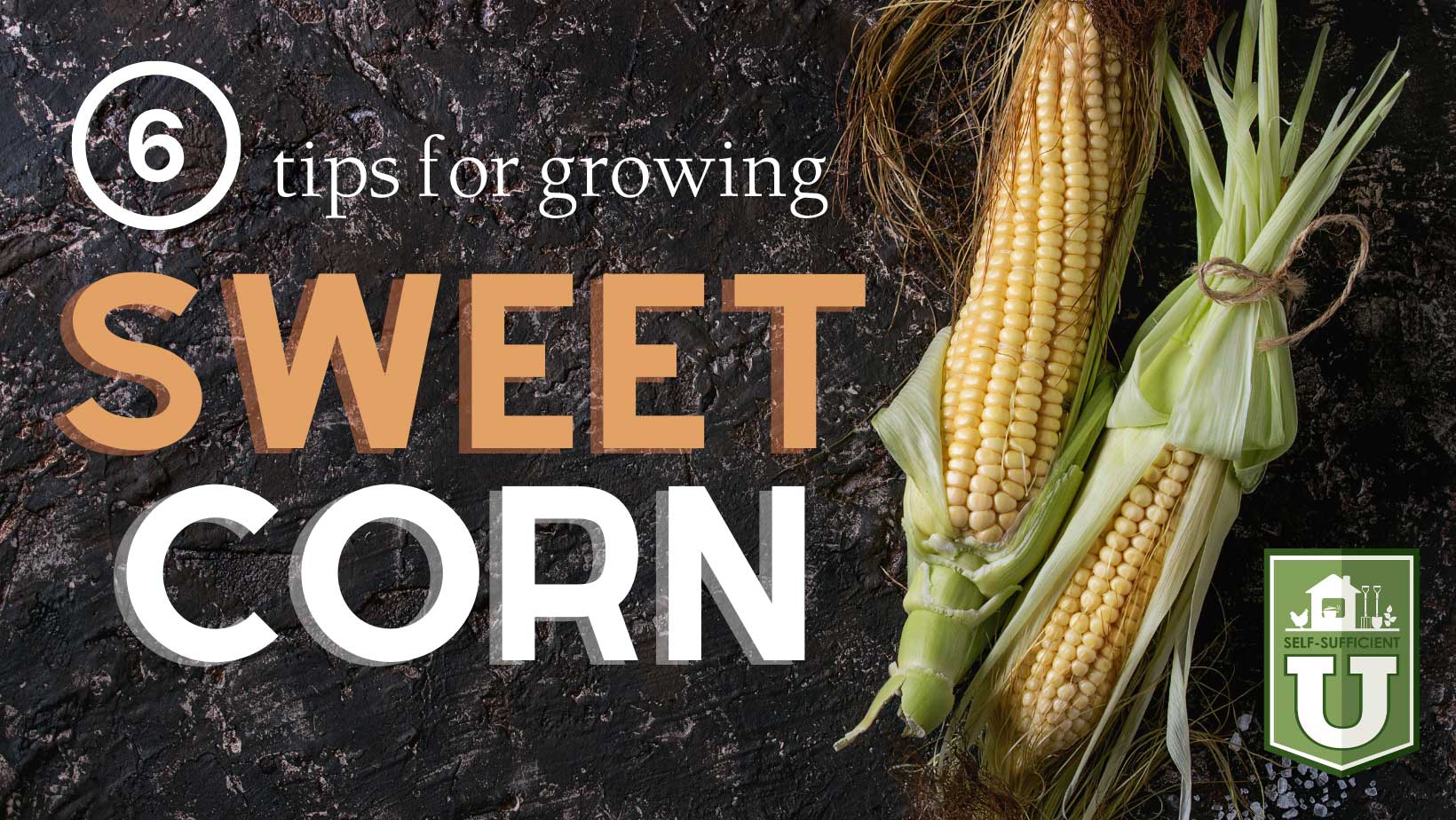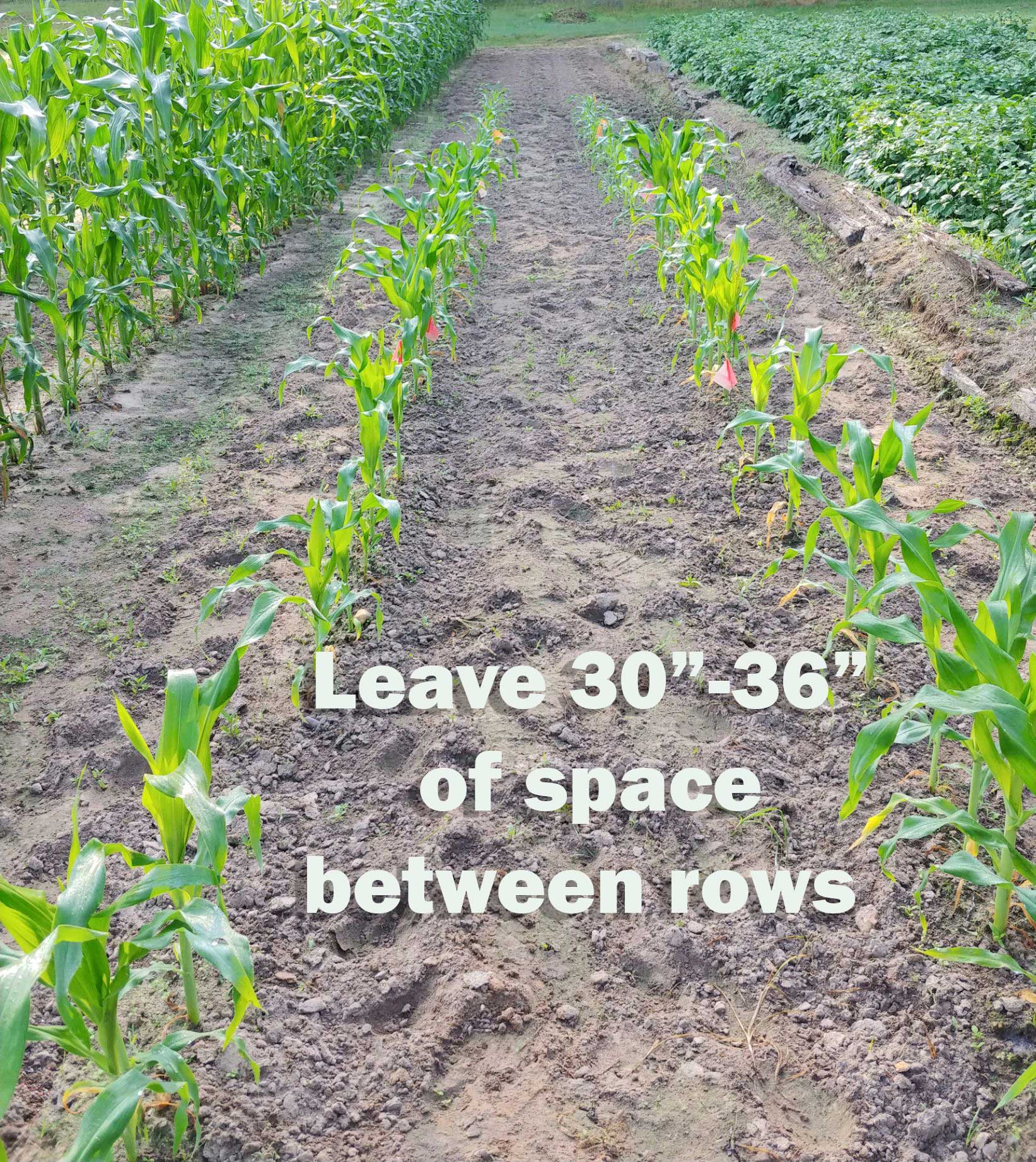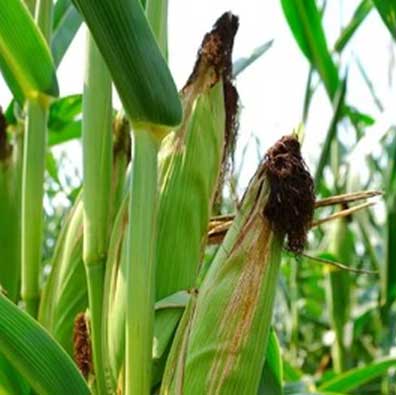Self-Sufficient U Blog
Contact
Clark County Extension Service
Amy Simpson, Horticulture
Cindy Ham, 4-H and Ag
JoAnn Vann, Family & Consumer Sciences
Phone: 870-246-2281
Email: clark-arkadelphia@uada.edu
Follow us on
Facebook
Clark County
Cooperative Extension Service
640 S 6th Street Suite B
Arkadelphia, AR 71923
Six Quick Tips for Growing Your Own Sweet Corn
by Cindy Ham

Sweet corn is a popular vegetable with home gardeners. It tastes better when harvested fresh from the garden. It can also be grown in any garden with sufficient space.
When is the best time to plant sweet corn in Arkansas?
Sweet corn can be planted from early spring to early August. It requires warm soil for germination. Soil temperatures should be 55 degrees Fahrenheit or higher for normal sugary sweet corn varieties. Sugar enhancer and super sweet varieties will not germinate in cool soil. These varieties should not be planted until soil temperatures are above 60 degrees Fahrenheit.
What do I need to do to prepare for planting?
Test your soil!
Select an area with a deep, well-drained, sandy loam soil. Next, collect about one pint of soil from the area you selected for planting your sweet corn. Bring the soil you collected to the Extension Office for submission to the lab for testing.
Getting your soil tested is FREE!
One key item to note is the soil pH for growing sweet corn needs to be above pH 6.0. You also need a large garden because each plant produces only one or two ears. You need at least 80 feet of row to produce enough sweet corn for a family of four.
How do I plant sweet corn?

Sweet corn is grown from kernels (seeds). Kernels should be planted ½ inch deep in cool, moist soil and 1 – 1 ½ inches deep in warm, dry soil. The kernels should be spaced 9 to 12 inches apart in a row. You should plant two or more rows of each variety of sweet. Plant the corn rows side by side to make sure you get good pollination and ear development. Also, leave 30 to 36 inches of space between each row of sweet corn.
Is there a lot of care in growing sweet corn?
You will need to fertilize and control weeds when growing corn. Apply fertilize according to soil test recommendations. Sweet corn will require nitrogen to produce a crop. Apply half of the nitrogen preplant and the other half of the nitrogen when four to five leaves are fully expanded. Phosphorus and potassium should both be applied preplant.
Weeds can be controlled by cultivating shallowly. Lack of water at critical periods can reduce quality and yield. If rainfall is low, irrigation will be needed.
What common problems occur with growing with sweet corn?
Sweet corn can be affected by insects and diseases. Some common insects that cause damage to sweet corn are corn earworms, European corn borers, and flea beetles. Corn earworms are a problem every year.
Insecticides can be applied, or resistant varieties can be planted. Diseases such as Stewart’s wilt and smut can also affect sweet corn. Visit our Plant Health Clinic to search for corn diseases and pests images and information.
When do I harvest sweet corn?

Each cornstalk should produce at least one ear of corn. Sweet corn is picked during the “milk stage” when the kernels are not fully mature. This stage will occur about 20 days after the appearance of the first milk strands. The kernels will be smooth and plump. The juice in the kernels will be milky when punctured with the thumbnail. Some other signs that indicate when the corn is ready to harvest are drying and browning of the silks, fullness of the tip kernels and firmness of the unhusked ears.
Visit our vegetable gardening A-Z page for more information about growing corn and other produce.
Clark County Sweet Corn Variety Demonstration
This year our Clark County Cooperative Extension Service team will be planting a sweet corn variety demonstration. We will be comparing varieties with insect resistance corn to with no insect resistance as well as bicolor versus white varieties. Be watching for more information about information the sweet corn variety demonstration this spring and summer. Check out our other county demonstrations and learn what our agriculture agents do in each part of the stsate.
Did you know Arkansas grows thousands of acres of field corn (which is different than sweet corn)? All field corn in Arkansas is used for livestock feed. Learn about corn production in Arkansas on our row crops website.